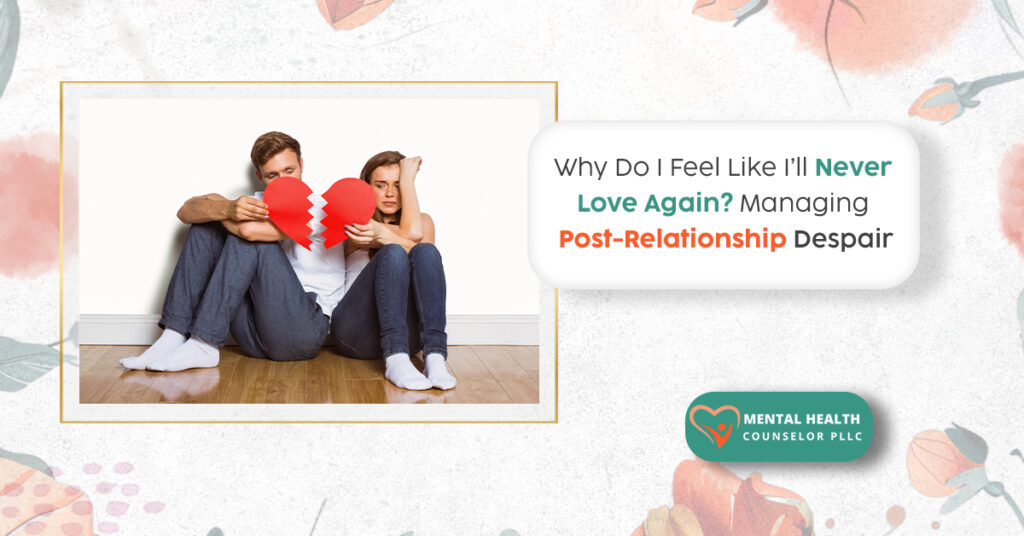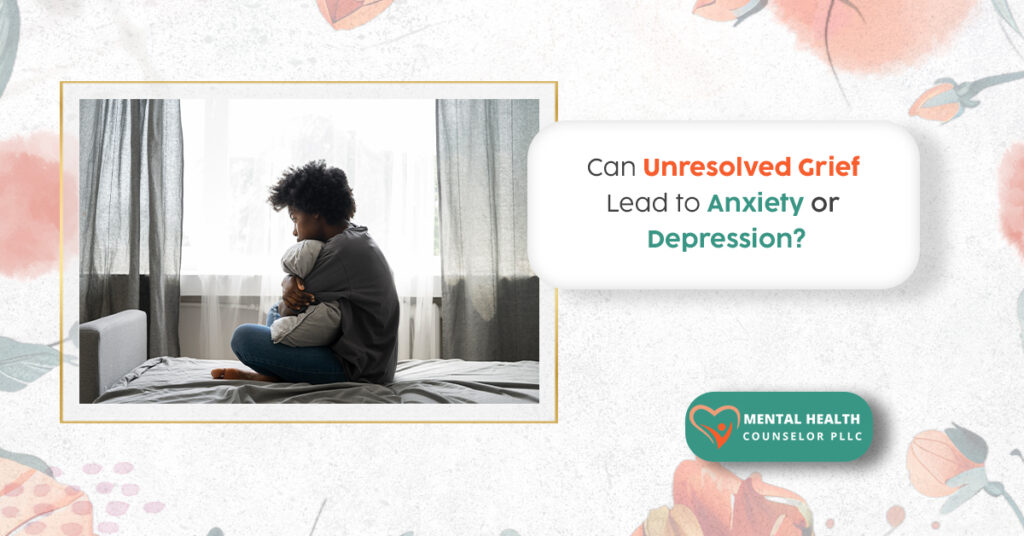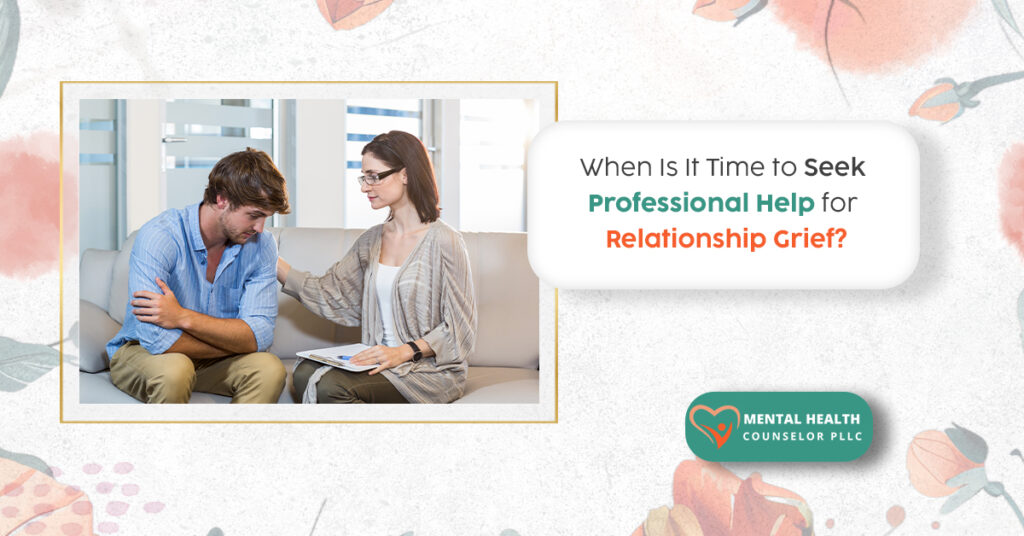Can a Breakup Cause Actual PTSD? Understanding Trauma Bonds
A breakup can be deeply painful, but in some cases—especially after toxic, abusive, or highly dependent relationships—the emotional impact may resemble symptoms of Post-Traumatic Stress Disorder (PTSD). This often stems from trauma bonds, where strong emotional attachments are formed through repeated cycles of pain and connection.Not every breakup causes trauma, but if you experience flashbacks, emotional numbness, hypervigilance, or distressing memories, it may be more than heartbreak. Professional care and guidance are essential for recovery and emotional stability. What Is PTSD? Post-Traumatic Stress Disorder (PTSD) is a mental health condition triggered by experiencing or witnessing a traumatic event. Even after the danger has passed, the body and mind may stay in a state of alert. Symptoms can include flashbacks, nightmares, emotional numbness, irritability, and avoidance of reminders of the trauma. Not every distressing event leads to PTSD, but when symptoms persist, it may indicate the condition. What Is a Trauma Bond? A trauma bond is a deep emotional attachment to someone who caused harm but also showed care. This cycle of pain and affection creates confusion, making it hard to leave. You may feel anger, longing, or hope for change—all at once. Even after the relationship ends, the bond can leave you feeling stuck or emotionally unsafe. How a Breakup Can Become Traumatic Not all breakups cause trauma. Trauma is more likely when the relationship involved: In these cases, the brain may respond to the loss as if it’s a threat. Painful memories can replay, and the emotional pain may feel like ongoing fear—this is how trauma develops. Signs Your Breakup May Be Causing Trauma Look out for these common signs: If these symptoms last for weeks and interfere with daily life, you could be experiencing trauma or PTSD. How Trauma Bonds Keep You Stuck A trauma bond can make you focus on the good moments while overlooking the harm. You might hold onto hope that the person will change or blame yourself for staying. Even after the breakup, you may feel emotionally tied to them, which keeps the pain alive and causes your mind to replay painful memories repeatedly. Breaking this bond requires patience, time, and support from others. Simple Things You Can Try Right Now You don’t have to fix everything at once. Start with one small step today: These steps won’t cure trauma, but they can bring a sense of steadiness. Small steps add up over time. How Therapy Can Support You Therapy provides a safe space to explore and process your experiences. A licensed psychotherapist listens without judgment and assists you in identifying what happened. They teach techniques to soothe your body and mind, manage unwanted memories, and reduce feelings of overwhelm. Therapy also guides you in developing new ways of thinking and behaving, which can lessen the impact of a trauma bond. What Mental Health Counselor PLLC Offers Mental Health Counselor PLLC provides clear, practical care both in person and via secure video calls. Our licensed psychotherapist listens and works with you at your own pace. Services include: • Anxiety Services: Practice simple skills to calm worry and intense fear. • Cognitive Therapy: Identify and change thoughts that keep you stuck.• Depression Services: Support for low mood and feelings of loss.• Grief and Loss Support: Guidance to process loss and find ways to move forward.• OCD Services: Manage repetitive thoughts and rituals. • Psychotherapy for Relationships: Recognize patterns and develop healthier ways to relate.• Trauma Services: Work through difficult memories and rebuild a sense of safety. The team will guide you to build safety, trust, and steady hope. When to Seek Immediate Support If you feel like you might harm yourself or fear someone else might harm you, get support immediately. Contact local emergency services and tell a trusted person how you’re feeling.If you’re in the United States and need to talk now, call 988 for the Suicide & Crisis Lifeline. If you’re outside the U.S., look up the crisis hotline in your area.Your safety and well-being are a priority. What Sessions Can Look Like Your first visit is straightforward. We listen, ask what you want to change, and create a plan together. Therapy is a team effort—you lead, and the therapist guides. How Long Recovery May Take Recovery varies for each person. Some feel better within weeks, while others take months or longer. Progress often happens in steps forward and backward. Small victories count, and a good day is a sign of growth. Therapy can bring clarity and safety to the process. How to Break a Trauma Bond Breaking a trauma bond requires safety and new habits. Try these steps: If abuse or risk is involved, connecting with a therapist or local support group can provide added safety during this process. What Friends and Family Can Do If someone you care about is hurting, you can offer support in simple, meaningful ways: Even small acts of support can make a big difference. Conclusion A breakup can cause deep pain. When a relationship involved harm, that pain may last and feel like trauma. Trauma bonds can keep you connected to the person long after the relationship ends. You don’t have to face this alone. Small steps create meaningful change. Therapy can guide you, offer tools, and strengthen your sense of safety.At Mental Health Counselor PLLC, we listen and provide clear, practical guidance to support you in finding balance and steady hope. You can meet with us in person or through secure video calls. When you’re ready, reach out for a brief call or appointment—bring one worry to your first visit. You don’t need to share everything at once.If you feel at risk or have thoughts of harming yourself, seek immediate support. Contact local emergency services or a crisis line. Your safety matters.Recovery is possible. Small steps add up. Take one today. FAQs Q. Will I ever trust again?Yes. Trust can return gradually. Small, safe steps rebuild trust in yourself and others. Q. Do I have to tell my whole story at once?No. Share only
Can a Breakup Cause Actual PTSD? Understanding Trauma Bonds Read More »










